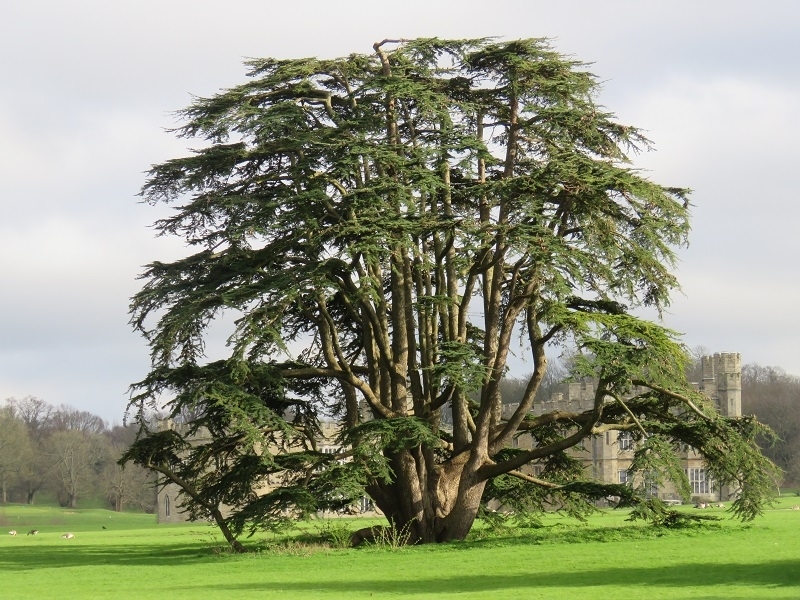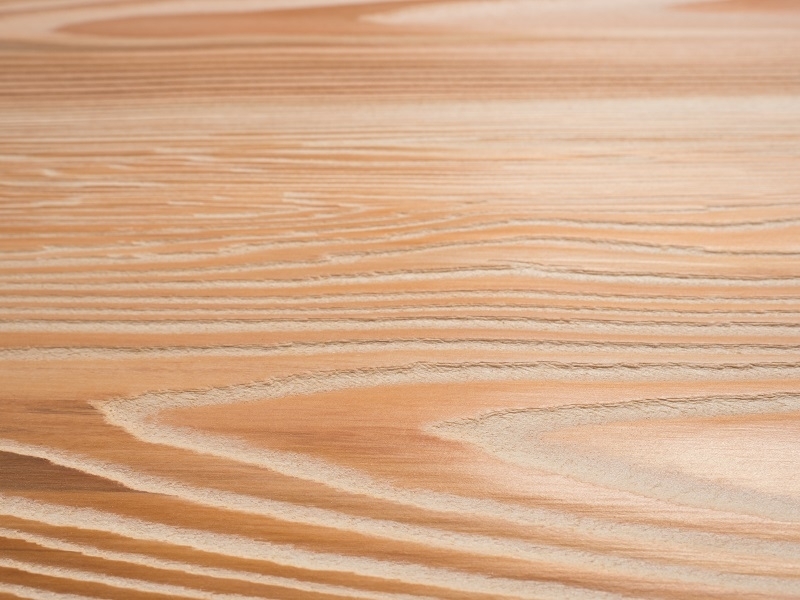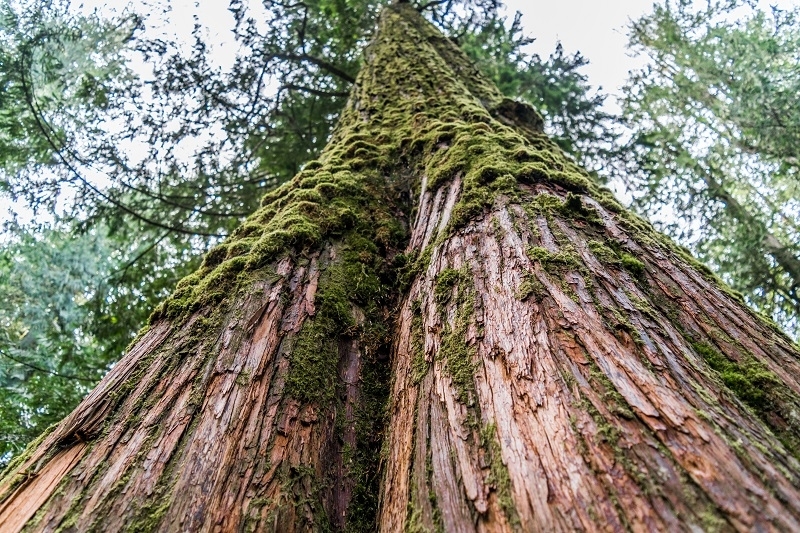Spotlight on species – Cedar (Canadian vs UK)
Published: 01/03/21 By: Mike Bekin
The Cedar tree is one of the most well known in the world. Often described as majestic, there are two types of cedar trees – true cedar trees, which belong to the Cedrus genus, and false cedars, which belong to the family Cupressaceae, otherwise known as cypress.
What Is The Botanical Name For Cedar?
Both the Canadian and UK cedars have the botanical species name of Thuja Plicata. They are both Western Red Cedars which is a member of the cypress family.
Where Are Cedar Trees Found?
Canadian cedar can be found on the Pacific coast of British Columbia in Canada, whereas the UK counterpart in England and Wales.
What Does The Cedar Tree Look Like?

Cedars are large and majestic. They can reach enormous heights of up to 70m. The Western red cedar is pyramidal in shape and has a broad trunk. The foliage is a glossy green, with whitish markings underneath, and the leaves sprouting from the twigs are fairly small and scale-like.
Both male and female flowers grow on the same tree with the male flowering cones being small and inconspicuous. The female flowers are small and reddish-purple in colour.
The bark of a Western red cedar is ridged and a dark reddish brown in colour.
What Does Cedar Timber Look Like?

The timber of a Canadian cedar has a varied colour palette – it ranges from a dark reddish brown to a light amber colour. It also has occasional pink highlights which will silver with age if left untreated.
British cedar timber has more character with knots and grain unlike Canadian timber.
See differences here: https://slow.ecochoice.co.uk/cedar-cladding
What Varieties Should You Be Aware Of?
There are many varieties of Cedar. Those belonging to the Cedrus genus are known as true Cedars, while others, such as the famous Western Red Cedar as false, since it belongs to the Cypress family Cupressaceae.
Other true Cedar trees include the Deodar Cedar, the Atlas Cedar and Northern White Cedar among others.
What Properties Does Cedar Timber Have?
Cedar is very durable – thriving in damp climates which means it is able to withstand most conditions. It is also porous and naturally insect-repellent.
Canadian cedar is regarded highly for its resistance to decay and its lightweight. British cedar is also fairly repellent to insects and has a good workability.
What Are The Main Uses of Cedar Timber?
Cedar is used for many applications such as fencing and decking and it is most commonly used for cladding. Both the Canadian cedar and UK cedar are typically used, with those based in the UK tending to opt for their native cedar since it’s much cheaper, despite the lower durability rating.
UK cedar trees are planted for timber and shelter whereas Canadian cedar was often used for making domestic items.
Did you know?
In the UK, cedar was planted in the grounds of nearly every stately home and mansion from the 1740s onwards; however it is not commonly planted today.
Images: Alexander Chlum / Shutterstock.com, Brian Clifford / Shutterstock.com, yoshi0511 / Shutterstock.com
